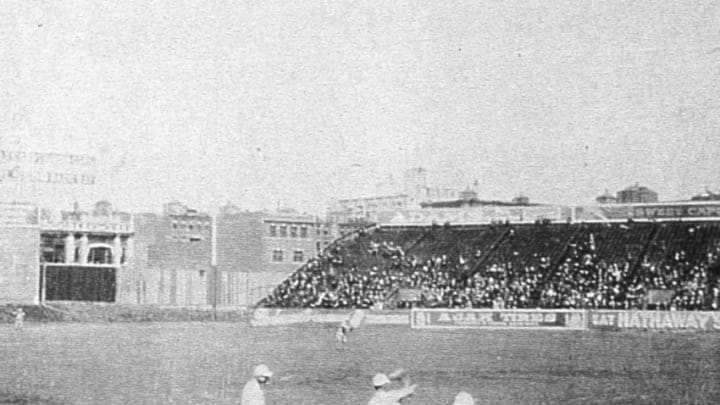
Pitcher
Before they were the Red Sox they were the Boston Americans. In 1907, the Americans started the season with a pitcher as manager. The pitcher had some experience in baseball since they eventually named a pitching award after Cy Young. Young went 3-3 in his managerial début before the team moved to George Huff (2-6), Bob Unglaub (9-10, and settled on Deacon McGuire (45-61).
Young made his mark for the seventh-place team with a 21-15 record at 40-years-old. Unglaub played first base and hit .254 for the season, but led the Americans with 62 RBI. McGuire – a catcher – started as a player in 1884 and got into a handful of games getting three hits. McGuire also started the 1908 season as player-manager and was gone from the managerial duties after going 53-62.
In 1909, Young and McGuire reunited in Cleveland with McGuire taking over the helm late season from Nap Lajoie and Young on the mound delivered a 19-15 season for the 71-82 Naps. But back to Young and his manager’s role.
In late March the Americans player-manager Stahl committed suicide. Young reluctantly assumed the role. In a stroke of managerial brilliance, Young chose himself to start opening day in Philadelphia, tossed a complete game, and the manager had his first win with the Americans winning 8-4.
Young knew a good thing and when the Americans opened at home on April 16th at the Huntington Avenue Grounds Young again took the hill and defeated Washington 4-2 with another complete game. Young never managed again after his six games.
Sources: Personal library and SABR
